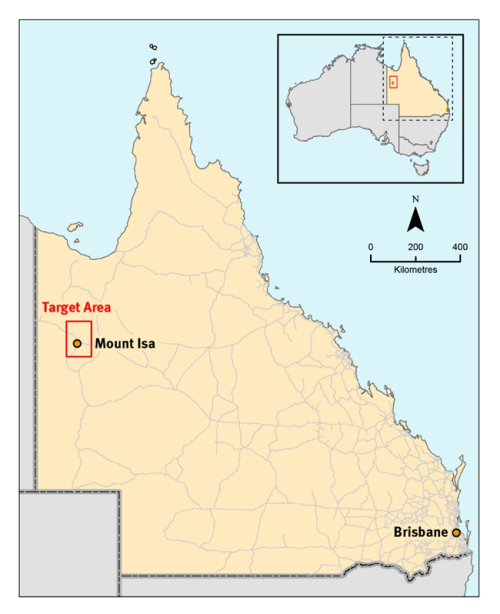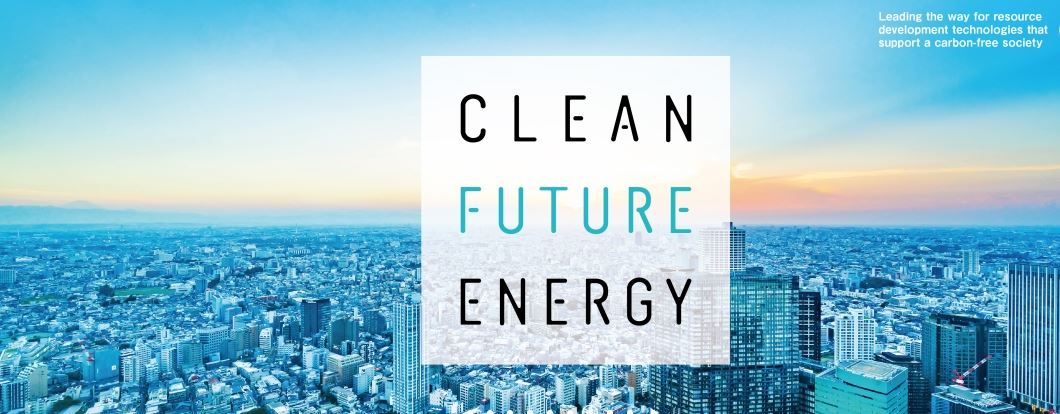
Queensland copper mine waste could deliver a key ingredient for the renewable energy revolution thanks to a three-year international study.
Resources minister Scott Stewart has announced a three-way agreement between the Palaszczuk Government, Japan Oil, Gas and Metals National Corporation (JOGMEC) and the University of Queensland which will examine whether cobalt – a key EV battery ingredient – can be retrieved economically from old copper mine tailings.
“This research could help unlock the state’s potential as a major global supplier of ethically sourced cobalt and battery manufacturing right here in Queensland,” he says.
“Cobalt is a highly sought-after new economy mineral that is a key component in lithium-ion batteries used in electric vehicles and battery storage systems.
“Queensland is renowned for having a large endowment of cobalt, however extracting and processing this mineral is often difficult due to costs and resources,” Stewart adds.
“It could also revolutionise how Queensland copper mines operate by turning their waste into a revenue stream.”
The collaborative study will involve researchers’ samples from the tailings of Copper Resources Australia’s Rocklands copper mine near Cloncurry in north-west Queensland.
Samples will be studied at the University of Queensland’s Sustainable Minerals Institute and at JOGMEC’s laboratories in Japan, with results shared between all three parties.
In 2019 premier Annastacia Palaszczuk re-signed a memorandum of understanding (MOU) with JOGMEC while on a trade mission in Tokyo which included continued co-operation in the fields of coal, minerals and hydrogen.
JOGMEC chairman and chief executive Tetsuhiro Hosono says the latest joint research project forms part of JOGMEC’s Carbon Neutral Initiative.
“Through this joint research, we aim to promote the effective use of unrecovered cobalt resources in Queensland and other parts of the world.
“This could contribute to the stable supply of minerals that are needed for a carbon-neutral society, Hosono says.
“Should this project yield notable results, there is potential for the technology to be shared and used in other countries and regions.”
University of Queensland’s Sustainable Minerals Institute director professor Neville Plint says reducing mine waste is a key challenge for the mining industry.
“As the industry seeks to reduce its environmental footprint there is growing interest in reusing mine waste as a secondary resource.
“Through this research agreement, we have the opportunity to explore the potential to extract important critical metals from mine waste.”

The study is expected to be completed by 2024 with a public report and data set.
The project is part of the Government’s five-year $23 million New Economy Minerals Initiative that aims to develop, promote and understand the state’s new economy mineral wealth and potential through a broad corridor from Mount Isa to Townsville.
The initiative encourages new exploration, re-investigation of old mines and probing the geological information held by the Government to foster new discoveries, projects and jobs.







